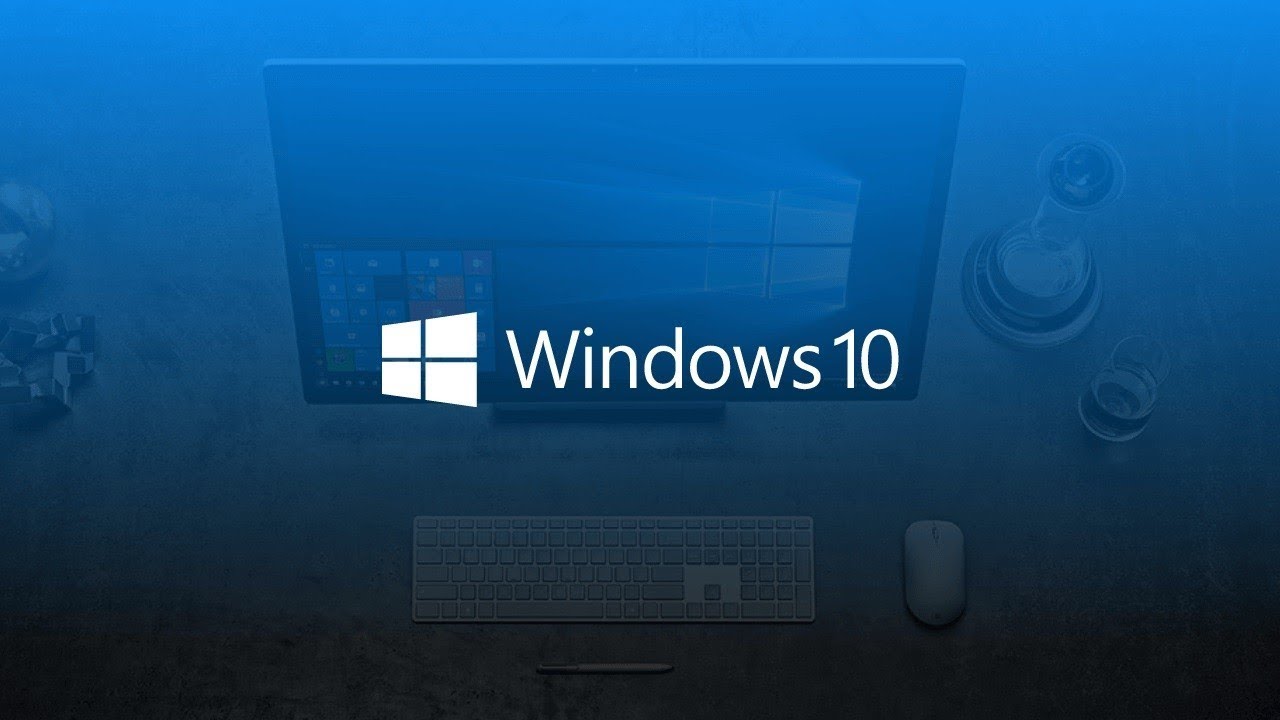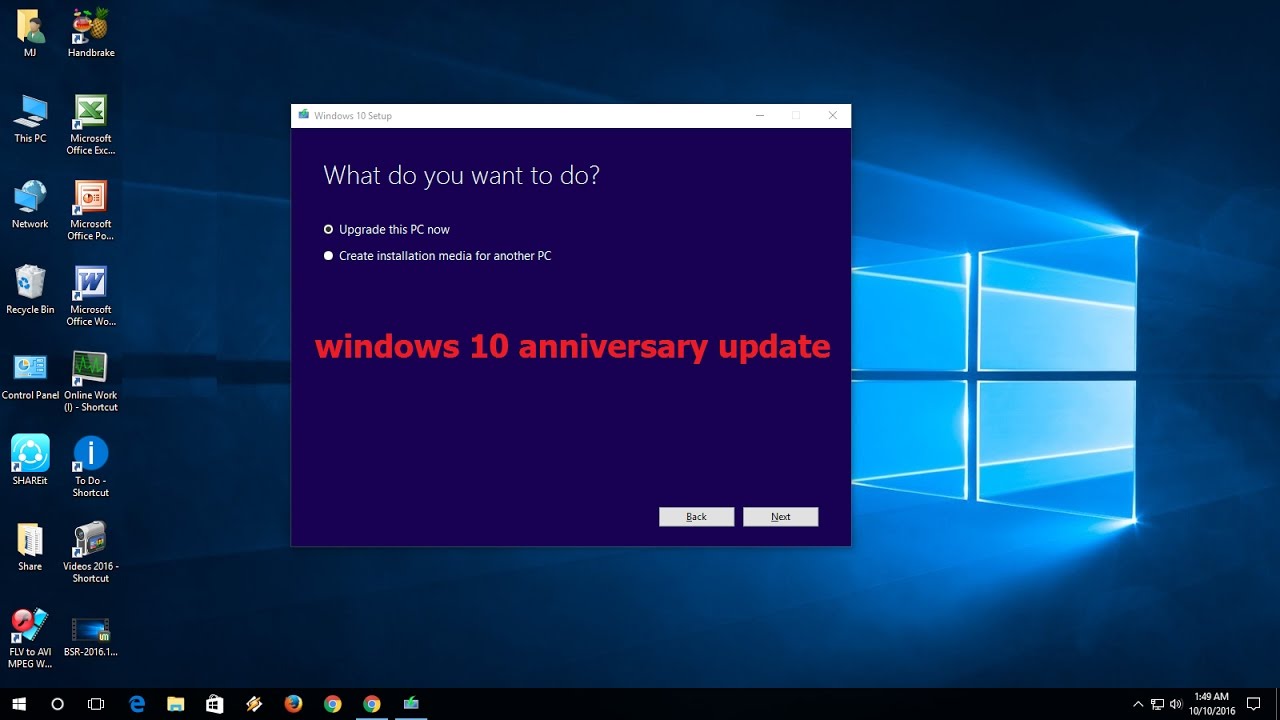Formatting an SSD (Solid State Drive) on Windows 10 is a simple process that can be performed to improve the overall performance of the drive. However, it is important to note that formatting an SSD will erase all of the data on the drive, so it is important to back up any important files before beginning the process.
To format an SSD without losing data on Windows 10, follow these steps:
- Open the Start menu and type “Disk Management” in the search bar. Select the “Create and format hard disk partitions” option from the search results.
- In the Disk Management window, right-click on the SSD that you want to format and select the “Format” option.
- In the Format window, enter a new volume label for the SSD, choose the file system (NTFS or FAT32), and set the allocation unit size.
- Click on the “OK” button to begin the formatting process.
- Wait for the process to complete, and then you can use the SSD as a fresh, unformatted drive.
It is important to note that formatting an SSD will permanently erase all of the data on the drive, so it is important to back up any important files before beginning the process. Additionally, if you have any programs or operating system files installed on the SSD, you will need to re-install them after formatting the drive.
Why would I want to format my SSD on Windows 10?
- Formatting an SSD on Windows 10 can help improve the overall performance of the drive by removing any fragmented or outdated data, and it can also allow you to set a new volume label and file system for the drive.
What do I need to do before formatting my SSD?
- Before formatting your SSD, it is important to back up any important files or data that you want to keep. Formatting an SSD will permanently erase all of the data on the drive, so it is important to make sure that you have a backup of any files that you do not want to lose.
Will formatting my SSD delete all of the data on the drive?
- Yes, formatting an SSD will permanently delete all of the data on the drive. This is why it is important to back up any important files before beginning the process.
What happens if I have programs or operating system files installed on my SSD?
- If you have programs or operating system files installed on your SSD, they will be deleted during the formatting process. You will need to re-install these programs or files after formatting the drive. It is important to make sure that you have the necessary installation files and licenses for these programs before beginning the formatting process.
Is there anything else I should consider before formatting my SSD on Windows 10?
- Before formatting your SSD on Windows 10, it is important to make sure that you have the necessary installation files and licenses for any programs or operating system files that are currently installed on the drive. Formatting an SSD will permanently delete all of the data on the drive, including any programs or operating system files, so you will need to re-install these files after formatting the drive. Additionally, if you have any data on the drive that you want to keep, make sure to back it up before formatting the drive.



